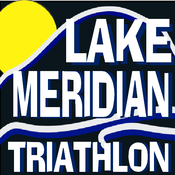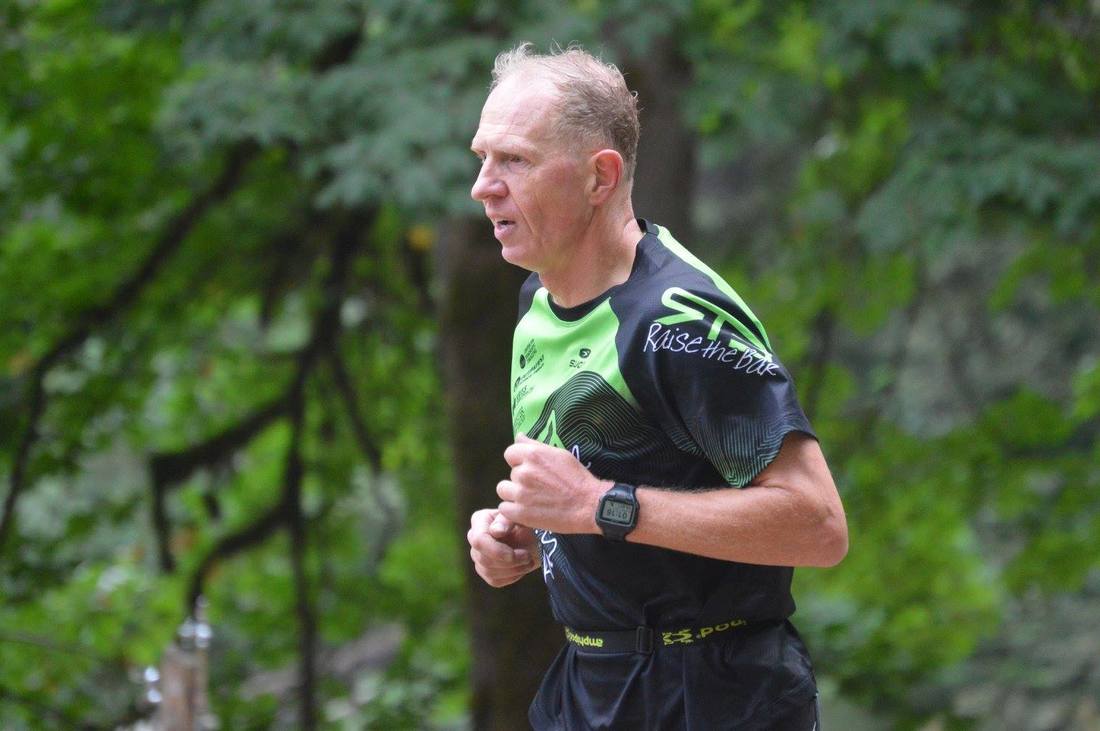|
By Holly Pennington, PT, DPT/Outpatient Physical Therapy
In approximately three minutes, you are going to know your middle gluteal muscle well enough to call it by its nickname, so let’s just start with that. Go ahead and call it your Glute Med (pronounced “meed”), and you will sound like you are as in the know as you are about to be. Big brother Glute Max gets all the attention with his flash and size, but Little Miss Glute Med is the one to watch. Peeking out from under big bro, she fans out across the outer hip bone and plays a key role in single leg weight bearing. A hardworking multitasker, Miss Glute Med’s roles range from moving the hip away from the body to rotating it to stabilizing the pelvis. Overpronating? Check your Glute Med. Patellofemoral syndrome? Your Glute Med is probably playing a role. Achilles tendon pain? Plantar fasciitis? Yep, chances are your middle sister muscle isn’t functioning as well as it could. When a patient reports pain in the foot, ankle or knee, a good physical therapist investigates “up the kinetic chain,” a fancy way of saying they look at the movement and strength of the trunk and hips. Regardless of the type of athlete or lower limb injury, it is rare to find a Glute Med muscle that doesn’t need attention. When the Glute Med is weak on the weight bearing side, the knee on the same side collapses inward, and the foot and ankle below that knee often respond with increased pronation. On the opposite side – the non-weight bearing leg – the hip drops, causing a “Trendelenburg sign.” If the Glute Med is weak on both sides, the hips shift up and down like a teeter totter while walking and running, instead of staying level. But there is more to the Glute Med’s dysfunctional ways than just weakness. Timing is an issue for her too. Countless studies have linked “delayed activation” of the Glute Med with various lower limb injuries, including anterior knee pain, patellofemoral pain syndrome and Achilles tendonitis. Depending on what the rest of the leg is doing, there is an optimal time for the Glute Med to flex her fibers and join the team to keep the pelvis in its place. This stubborn muscle needs to be more than just strong enough; she needs to work well with others too. As you may have guessed, Little Miss Glute Med’s training requirements are a bit high maintenance as well. Glute machines at the gym won’t cut it. To properly train the Glute Med, especially for running, understanding of your specific issues is ideal. (Are both sides weak? Is your primary dysfunction one of weakness or timing? Are you able to find a “neutral” pelvis position on your own?) But, you can start giving her some much-needed attention with a few exercises that have been shown to be optimal for muscle strength and timing, based on EMG studies. For recruiting the muscle fibers of the Glute Med, try these exercises:
For muscle activation/timing:
Now that you know your Glute Med well, you probably have an inkling about whether or not she is a problem for you. If you suspect your pesky knee pain or recurring Achilles problems may have something to do with this neglected, needy muscle, a physical therapist can create a customized Glute Med training program to help you train and race pain free. Physical Therapists at Outpatient Physical Therapy offer free consults to RTB triathletes (no charge, no referral needed). Visit www.outpatientpt.com for clinic locations and contact info to schedule your free consult.
0 Comments
Your comment will be posted after it is approved.
Leave a Reply. |
Raise the BarRace reports, upcoming events, news, and more, from RTB. Archives
September 2023
|

 RSS Feed
RSS Feed




